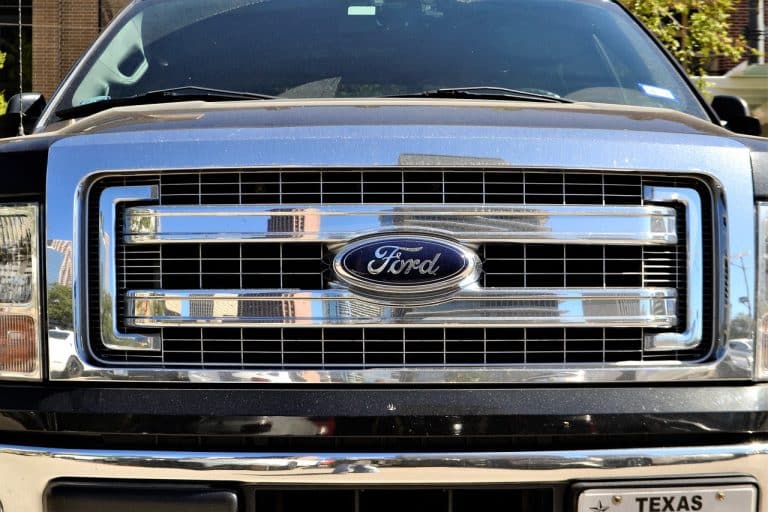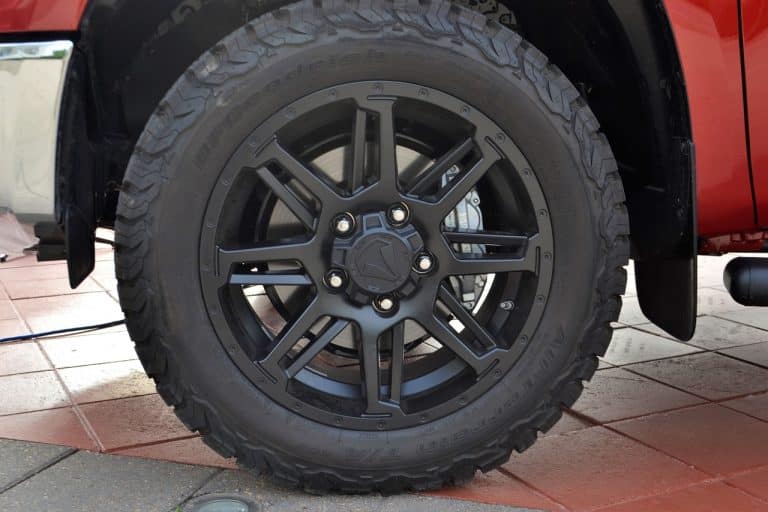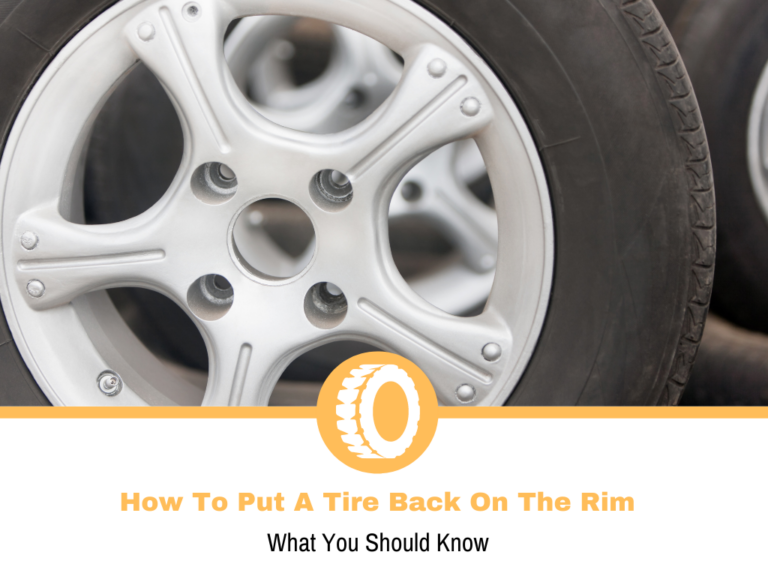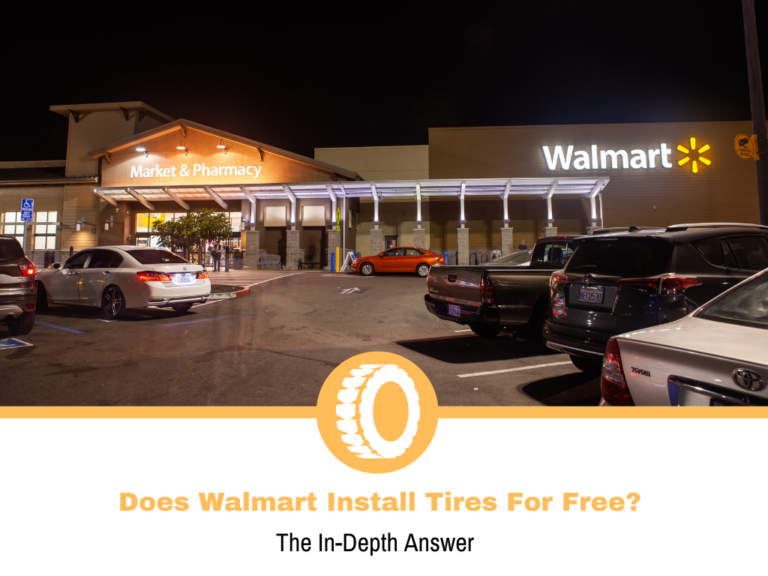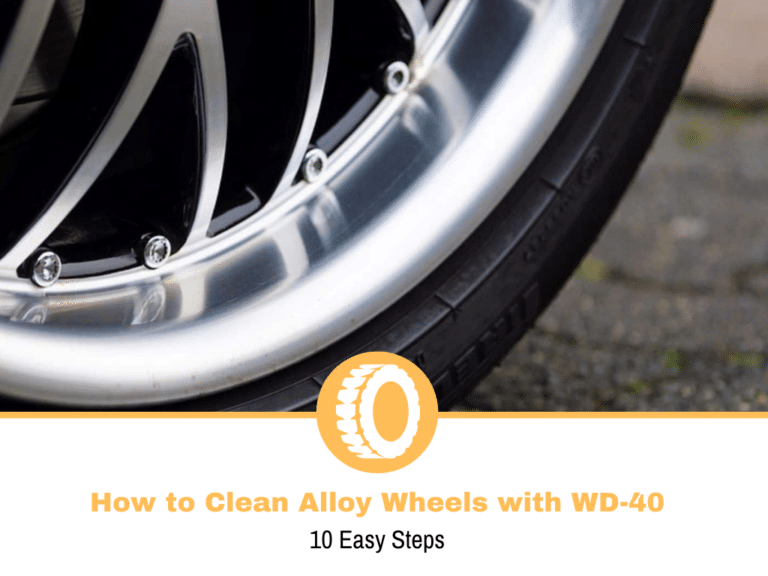Do You Need An Alignment After Rotating Tires?
Wheel alignments and tire rotations are the two backbones of proper tire maintenance. No matter how good or expensive a tire set may be, it still needs to be maintained correctly. However, many questions surround both tire rotations and wheel alignment, mostly associated with when to perform each, and how one affects the other.
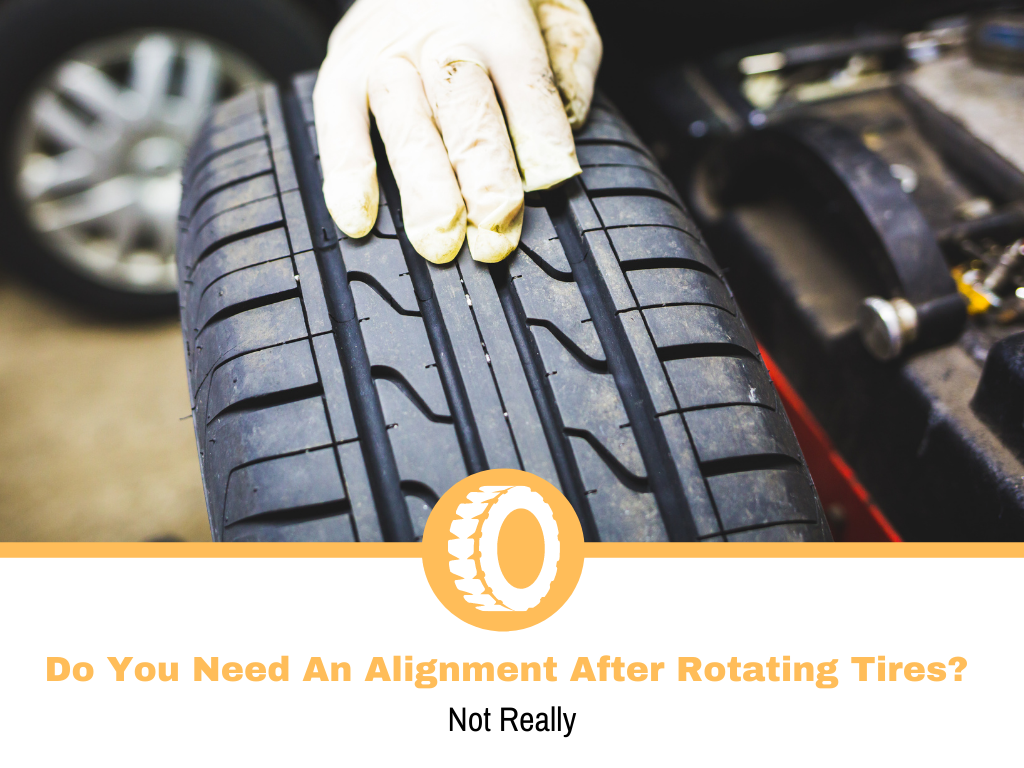
This leads us to the main question of this article. Do you need an alignment after rotating tires?
Do You Need An Alignment After Rotating Tires?
The answer is no, you don’t need to align your wheel every time you perform a tire rotation because tire rotations do not affect your wheel alignment. Quite the contrary because tire rotations are intended to even out the wear across all four wheels which means that wheel alignment and tire rotations serve a similar purpose.
Be sure to follow all the recommended schedules on when and how to perform both of these. There are no negative correlations between the two, at least not if everything with your tires and suspension is in good order. If your alignment is out of whack, you are likely going to notice that while rotating your tires.
What Is Wheel Alignment?
Wheel alignment is intended to point your wheels in the correct direction which means that they always face the road at an exact angle of attack. This is done in order to balance the way the car drives and to ensure that all suspension components work in tandem to keep the car straight while holding the steering wheel at 12 o clock. In order to properly align your wheels, you need to pay close attention to the camber and toe of the wheels.
Camber is a term that refers to the exact angle the tire is positioned against a perfectly flat piece of road. Camber is measured by looking at the top of the wheel and if the wheel is facing outwards or inwards which would suggest positive or negative camber. If the top and the bottom of the wheel are at an exact angle, it means that the car has a neutral camber that maximizes the tire contact patch.
Toe is a term that refers to how much the wheel is turned in or out while looking straight ahead. Toe-in or toe-out means that the tire is either steering inwards or outwards. The problem here is that a wheel should always be facing straight and that all four wheels should be parallel to one another. However, some cars do benefit from a non-neutral toe degree.
What Is Tire Rotation?
Tire rotations are intended to even out tire wear across all four tires because not all tires wear in the same way. For instance, the front two tires do all the steering and hard braking which means that they are under a lot more stress when compared to the rear wheels, especially if the car is FWD or AWD. If that is the case, it means that the front tires are tasked with steering, braking, and delivering power.
On the other hand, the rear wheels typically do a lot less which means that they do all the accelerating on RWD cars or AWD cars, or they simply just follow the front wheels while turning. Moreover, rear tires typically come with smaller and less effective brakes which means that they also experience less stress during braking, except for performance cars.
Finally, it’s also important to mention that tires are susceptible to all the weight transfer that happens while driving a car. Most cars have their engines at the front which means that while braking, the weight above the front wheels is a lot greater. Therefore, by rotating your tires you are effectively evening out the stresses across all four wheels.
What Is The Difference Between Wheel Alignment And Tire Rotation?
Wheel alignment typically includes altering the angle at which the entire wheel assembly faces the road. This means that wheel alignment also includes adjusting the suspension, the upper and lower control arms, and various parts of your steering system. Consequently, a wheel alignment requires you to do mechanical work.
A tire rotation is a lot simpler because it only consists of replacing the wheel positions. This means that all you have to do is take off the wheel and replace it with another wheel depending on if you own a FWD car, a RWD car, or an AWD car. You should also consider if you are using directional or non-directional wheels as they do pose some limits to how you can rotate your tires.
Tire rotations can be done in under 10-15 minutes at home while a wheel alignment requires you to take your car to a mechanic. Tire rotations don’t include any mechanical work while wheel alignment does. Finally, wheel alignment requires precision and skill while tire rotations can be done by anyone who knows how to replace a wheel.
How Often Do I Have To Perform Wheel Alignment?
There are various answers to this question, and some people state that you should align your wheels every few years, every time you change the oil, or even whenever you rotate your wheels. The truth is somewhere in the middle because you should only align your wheels when they are not properly in line.
This means that you should inspect your alignment as often as you can and always pay close attention to all the symptoms that point toward misaligned wheels. Most experts state that you should perform wheel alignment whenever you sense your wheels are not aligned which typically means every few years, or whenever your tires withstand serious impact.
How Often Do I Have To Perform Tire Rotations?
Most experts state that you should perform tire rotations every 5,000-8,000 miles, but you should also pay close attention to what the tire manufacturer recommends and what your car maker recommends. It also depends on how heavy your car is, how often you drive it, and how you drive it.
If you own a sports car and you like to spend your weekends on the track, you will have to rotate your tires even sooner than that. This means that wheel alignments don’t have a recommended timeframe while tire rotations have a few recommended timeframes.
What Happens If You Don’t Maintain Your Tires?
- They will not last as long as they can
- Your performance will be worse
- Your comfort will suffer
- Your safety will be questionable
- Your bank account is going to hurt
Will Tires Last Shorter If I Don’t Maintain Them?
According to numerous sources online, if you avoid maintaining your tires, you could potentially shorten the lifespan of your tires by more than half. This is not something anyone wants as lackluster tire maintenance can also shorten the lifespan of other nearby components such as the brakes, the suspension, and even some steering system components.
Will My Car Perform Worse If I Don’t Maintain My Tires?
Your car will perform a lot worse if you don’t maintain your tires, so much so that it could make a sports car feel like a dump truck. For tires to operate as intended, they need to be up to temperature, they need to be properly inflated, rotated, balanced, and stored between seasons. If you fail to do any of these things, your performance is going to suffer.
How Does Tire Maintenance Affect Comfort?
Well-maintained tires are worn evenly and don’t experience any structural damage which tends to be noticeable while driving. These defects emit more noise which consequently affects your comfort, especially at higher speeds. Badly maintained tires vibrate, they shake the entirety of the car which renders a high-end suspension damping system useless.
How Does Tire Maintenance Affect Safety?
On-road safety greatly affects tire maintenance which means that if you don’t maintain your tires, you are risking numerous potential problems that could end up catastrophically. Both overinflated and underinflated tires can be detrimental to your safety. If you don’t rotate and balance your wheels, the weight distribution will be off and your tires will not wear evenly.
Is It Expensive Not To Maintain Your Tires?
Tire rotations at places like Walmart cost about $2.50 per tire, tire balancing costs closer to $20 per tire while wheel alignment costs between $50-$150 depending on the type of alignment you do. Most places offer to inflate your tires for free which means that maintaining your tires is not really all that expensive. However, an average tire set costs $600 which means that not maintaining your tires is the most expensive option.
Conclusion
Tire rotations and wheel alignment don’t affect each other if everything with the car is in good order. This means that you do not have to perform a wheel alignment every time you rotate your tires. You should perform tire rotations every 5,000-8,000 miles while performing wheel alignment depending on if your wheels are out of whack or not.
If you do decide to align your wheels after rotating your tires, you are doing what is best for your car, but the necessity of doing so is questionable.
